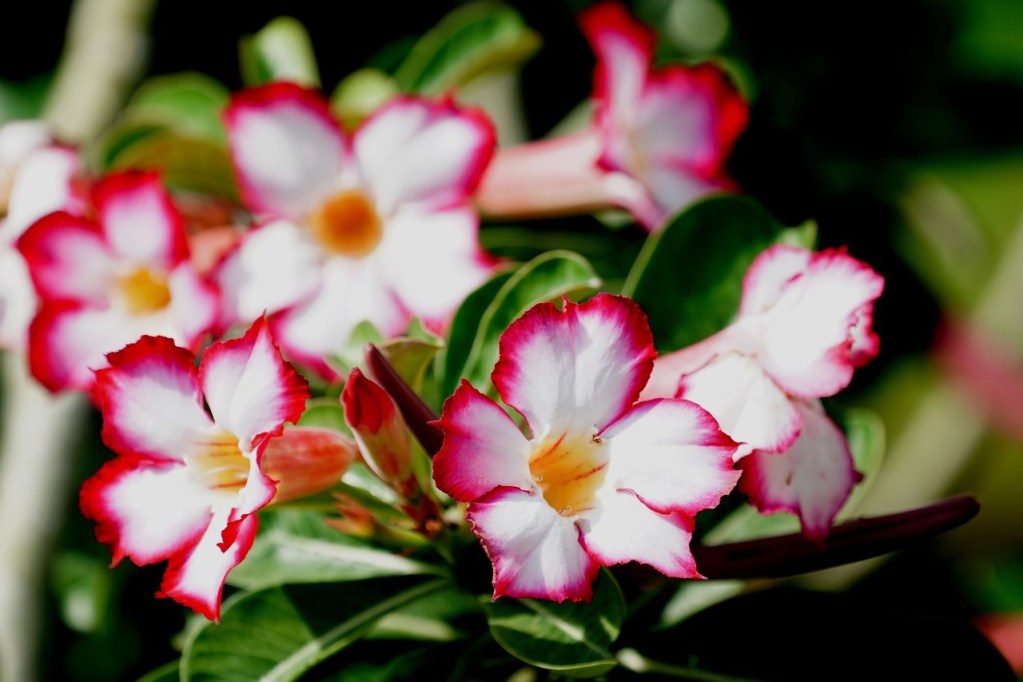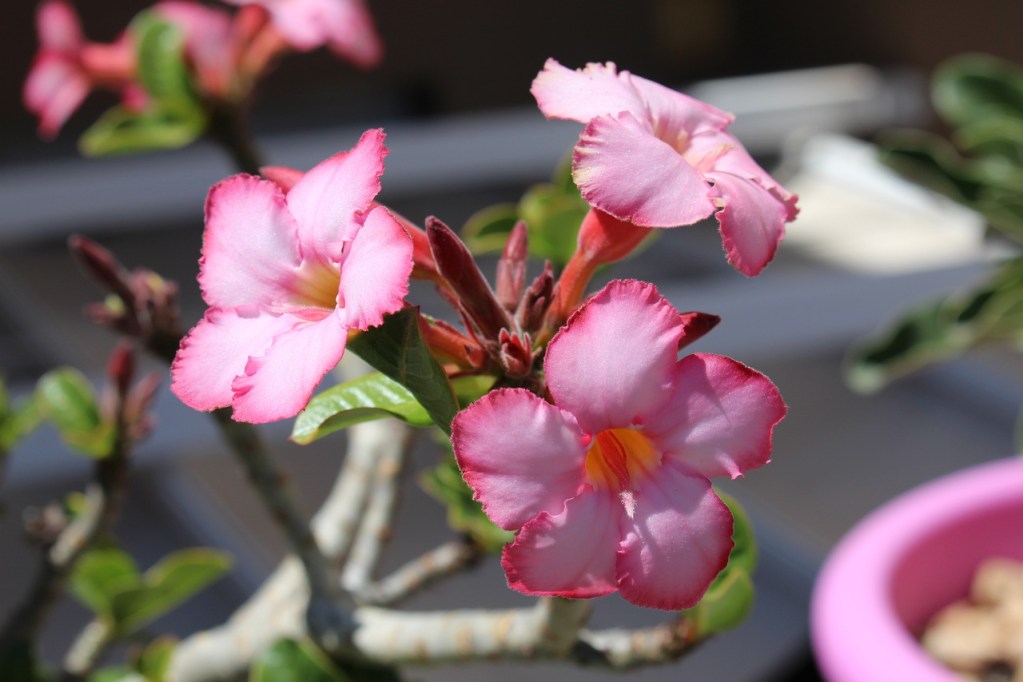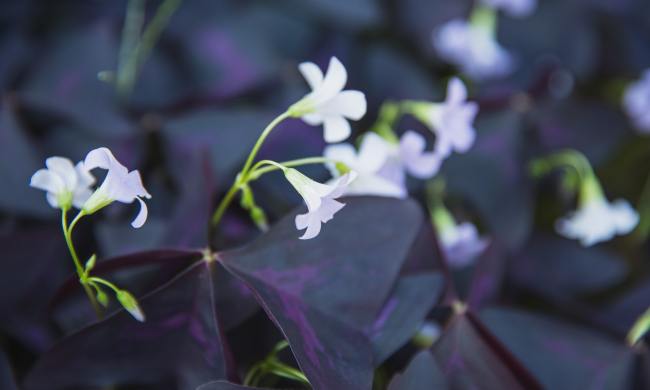Desert roses are gorgeous succulents with lovely pink flowers, so it’s no wonder gardeners want to add them to their collections. Luckily, this plant is also easy to grow. It can become a part of an outdoor succulent garden, but did you know your desert rose also makes a great indoor plant? If you want to add a desert rose to your indoor succulent garden, or want to start your succulent collection off with one, then this is the guide for you. We’ll explain everything you need to know in order to keep your desert rose happy and healthy indoors.
Can you grow desert rose plants indoors?

Desert rose succulents are well suited to growing indoors, and they actually grow better indoors than out in most parts of the U.S. These cold-sensitive plants are only hardy in USDA zones 10 and 11, so keeping them indoors is actually the best way to grow them. Like most other succulents, start off with a container that has plenty of drainage holes. Desert rose plants cannot tolerate soggy soil, so both the container and the soil mix need to allow excess water to drain freely. A succulent or cactus-specific soil mix is perfect for your desert rose.
In addition to growing in your home, desert roses can grow in a greenhouse. A warm, bright greenhouse is perfect for these tropical succulents. If you’re concerned that your greenhouse might not be warm enough in winter, consider heating your greenhouse with compost. While it isn’t a perfect solution, the extra warmth hot compost provides can make a difference to your plants.
Desert rose indoor care

Desert roses, like most other succulents, are fairly easy to grow indoors. Keep your plant away from cold or dry drafts and air vents. Water your desert rose when the soil is completely dry to avoid overwatering it. You can alternate between bottom watering and top watering to make sure your desert rose is getting the right amount of water.
The most common challenge with growing desert rose succulents indoors is light. Desert roses need lots of light in order to thrive. An average of 6 to 8 hours of sunlight per day is ideal for these succulents. If necessary, you can use a grow light to supplement some of this light. However, most of the light should come from natural sunlight, as desert roses prefer the sun over artificial sources. Your desert rose will survive under an artificial grow light, but it will thrive with natural sunlight.
Pests rarely cause major damage to desert rose plants. However, common houseplant pests such as aphids and mites may target it on occasion. While the damage they do is rarely severe unless the infestation is significant, you can keep them at bay using neem oil or insecticidal soap.
In spring and summer, you can give your desert rose plant a low dose of balanced houseplant or succulent fertilizer. Avoid overfertilizing it, as these plants are slow growers and not particularly heavy feeders. Due to their slow growth, they also don’t need frequent repotting.
Can you move your indoor desert rose plant outdoors?

The great thing about container plants is that they don’t have to stay in one spot. Moving your indoor desert rose plant outdoors is a great way to increase the amount of light it is getting without relying on an artificial source. However, you need to be mindful of the weather. Desert roses cannot tolerate the cold, and they should not be left outdoors if the temperature is going to drop below 50 degrees Fahrenheit. Additionally, desert roses prefer dry air, and while a bit of humidity won’t hurt them, they will struggle if the humidity is too high. Additionally, heavy rains can lead to the becoming overwatered.
Take your desert rose plant outdoors during dry weather that is warm to hot. If you plan on leaving them outside for an extended period of time, be sure to provide some shelter in case it rains, or bring it back inside before storms arrive.
Desert rose companion plants

Many succulents can be planted in the same container as other succulents, creating unique displays of plants that look and grow nicely together. Desert roses are no different, but you should be mindful of spacing, since desert roses take up more room than some other common indoor succulents. If the container has enough room, you can plant desert roses with most other succulents and cacti. A few popular choices include stonecrop, crown of thorns, and echeveria. In fact, there is an echeveria variety that is also called desert rose.
Desert roses are gorgeous, easy-to-grow indoor succulents, and now you know what it takes to add them to your collection. Soon, you’ll be enjoying the lovely pink flowers that give this plant its name. You can even pair it with other succulents to create a stunning and unique succulent garden.



